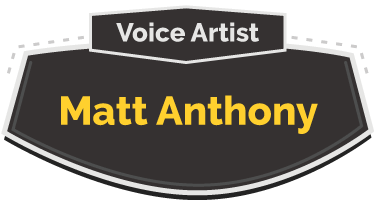
One of the great things about ‘art’ is that it frees us, necessarily, from ‘objectivity’. Oh, sure, there’s room for objective criticism. I mean, people have made their living off writing (and now podcasting) critical essays on every facet of the world of art. But we’re not required to have objectivity.
Take this painting, for example. Right now, it hangs in a small gallery-room within a building on the near west side of Akron, Ohio. It’s an oil painting, partially done with a brush and partially done with a knife. The glorious thing about art is that we merely have to stand in front of it and gaze at it. We don’t have to have a degree in art history. Or in art criticism. We really don’t have to have a degree in anything.
We stand in its presence and we decide whether or not we like it. Thumbs up or thumbs down.
I may enjoy ‘realism’. And in that way, this particular piece may be attractive to me. Or, I may like the color combinations. Those combinations might speak to me in a way that they may not speak to the person standing next to me. That person may be a fan of art that is more experimental, less realistic. To him or her, looking at this piece may elicit a shrug of the shoulders, and thus prompting him or her to move on to the next painting.
Listening to a voice-artist may be a similar experience. All of us who strive to be competent, reliable and diverse voice-actors inevitably know that the ultimate decision as to whether or not we get chosen for a project may have very little to do with the content of our website, or what microphone or preamp we use, or if we’re old or young. Similar to the person standing in front of that painting, ‘objectivity’, to a certain extent, gets tossed out the window. A first glance at this boot elicits an initial opinion or reaction, and many times that initial reaction is the one that defines the ‘decision’.
Similarly, those first 10 or 20 seconds of a voiceover-demo may, in fact, do the same thing! A client knows, intrinsically, what he or she has in mind for a project. That prospective client rolls through audio demos to see if someone matches what he or she has in his or her head. Sometimes the connection is instantaneous. And sometimes it takes repeated listening to discern whether or not that person will ‘work’.
The advantage that the voice-artist has, though, over the traditional artist is ‘real time’. That painting on the wall is complete. It’s done. The price-tag has been attached, and unless a client commissions the artist to re-paint a portion of it to their liking, that client purchases it ‘as is’.
But the voice-artist is not static. What you ‘hear’ can often time be augmented, changed, modified, and ‘made to fit’. With my clients, I sometimes say, “If you don’t hear exactly what you’re looking for, send me some sample audition lines and let me perform them for you as you hear them in your head.”
In other words, give me a chance to hit the mark!
One of the important features that can dictate the client/voice-actor relationship is ‘direction’. While any professional can do their jobs without excessive instruction, sometimes a ‘pointing’ in a certain direction can make all the difference. Yes, there are times when the client can actually be the deciding factor on more than one level. And if that direction is focused and powerful enough, it may not be necessary to listen to any more demos. Perhaps you’ve found the person for whom you’re looking!
This is not to say that traditional artists who produce works such as the one above can’t be accommodating. I should know since the work of art above belongs to my better half. 🙂 My wife has done a good amount of commission-work and is always considerate of her clients’ needs. But generally, someone who wants something done on a commission-project knows well in advance what they’re looking for, without having to necessarily go to a gallery and have something ‘fine-tuned’.
The voice-actor, though, merely puts demos together on a website in order to showcase certain flavors. Those demos are tailor-made for clients to direct them towards the ultimate goal: make my project sound through the speakers the same way that it sounds right now in my head! While it is true that choosing a voice-actor is ‘in the ears of the beholder’, the opportunities for clients to ‘mold’ their voice-actor has never been greater.
THAT is called a working relationship!
Hopefully, in 2019, you and I will have that same opportunity! So, rather than just listening to a few demos and moving on to the next one, give me a chance to be molded and directed by you. I think you’ll discover that your project can, indeed, come to life.
-30-
